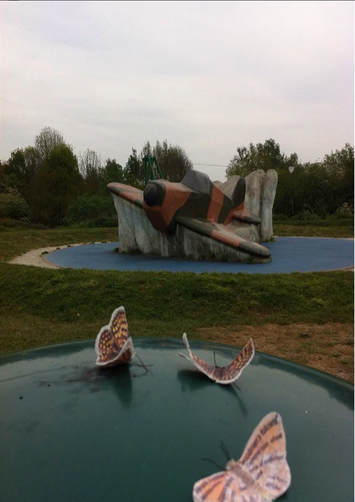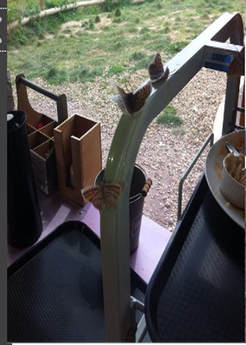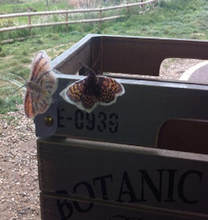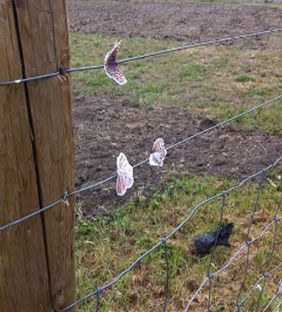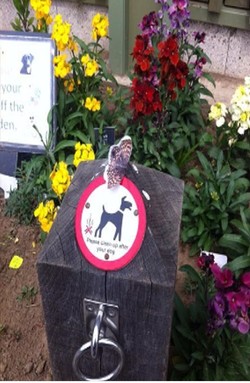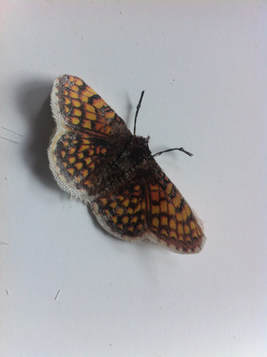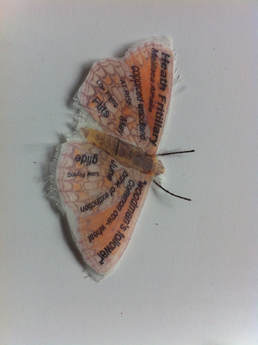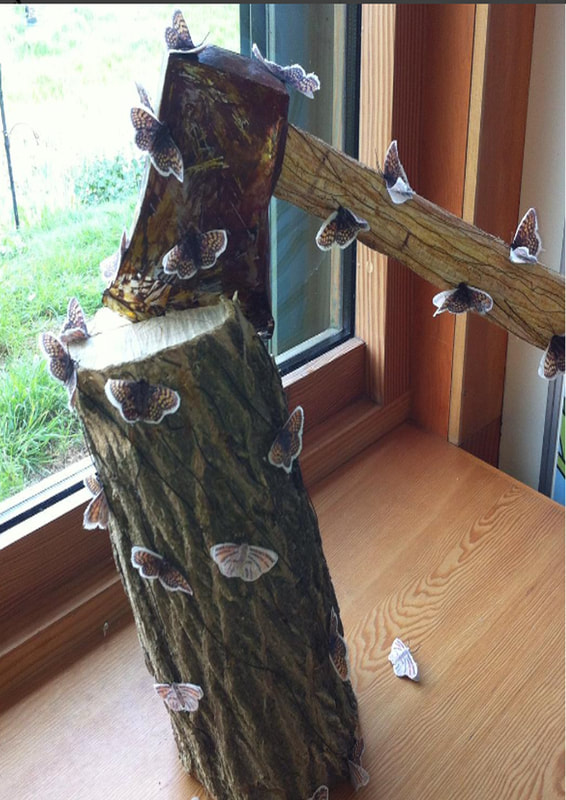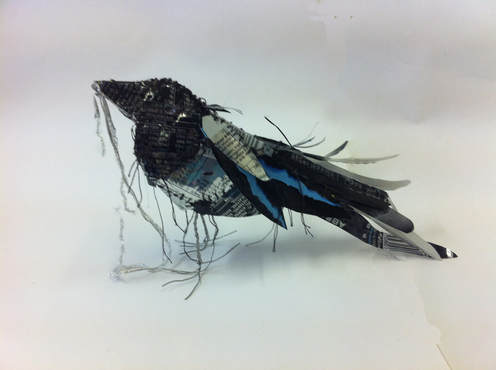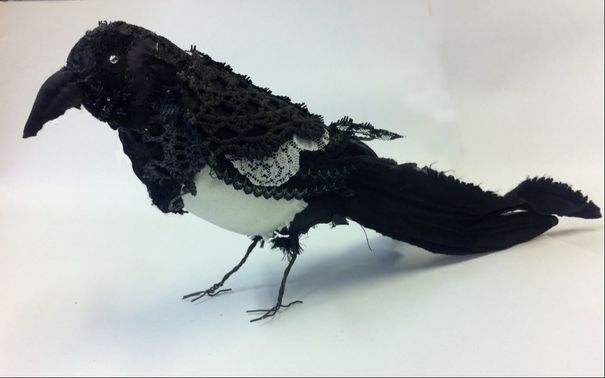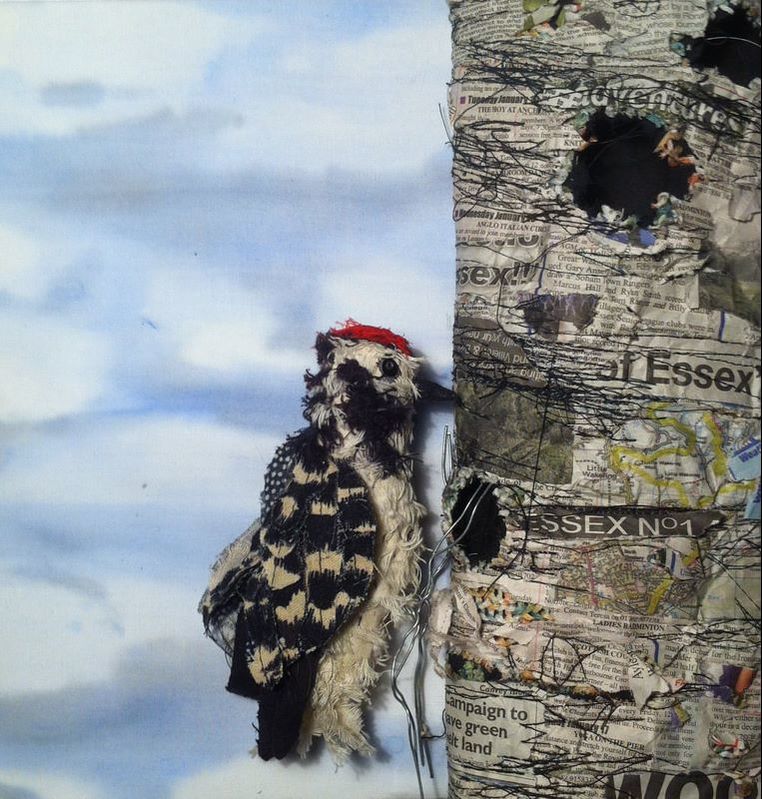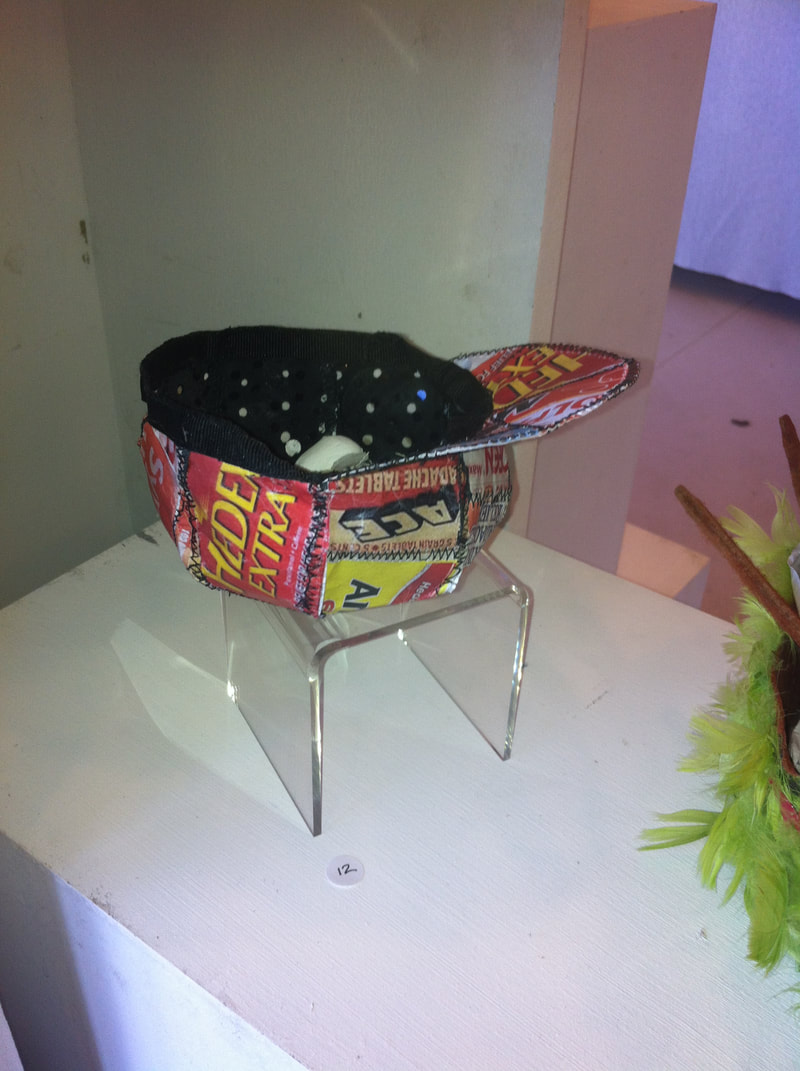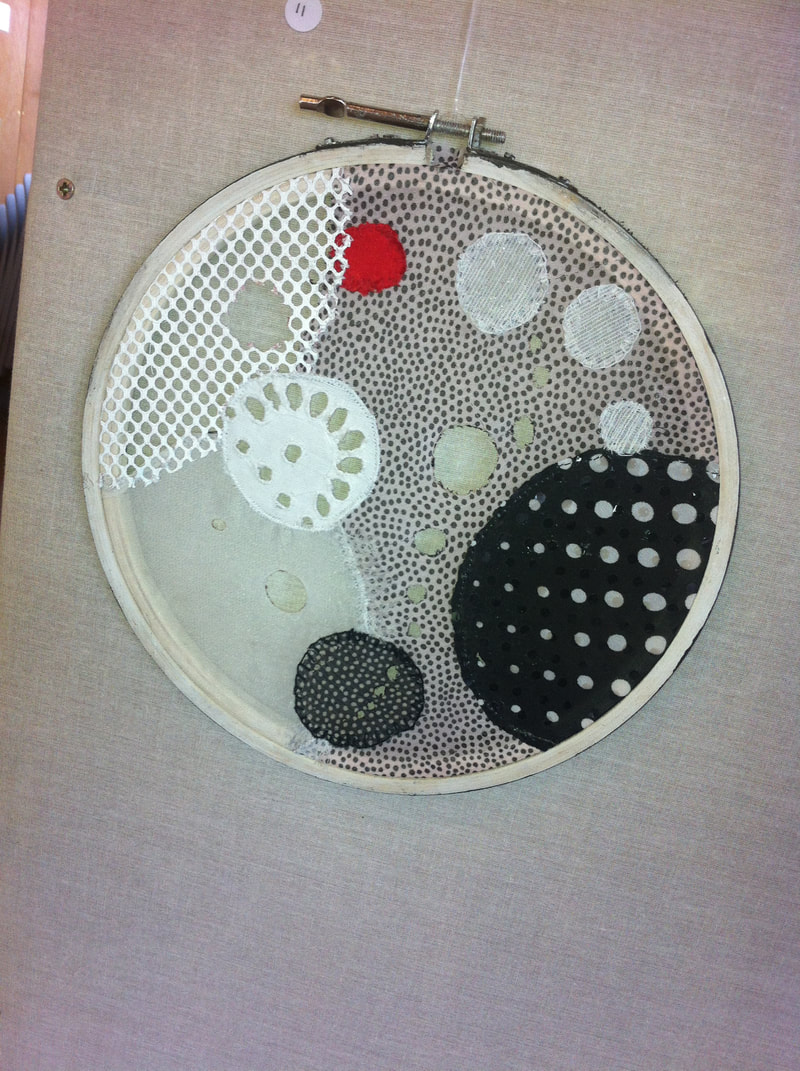Ingrebourne Valley Wildlife Centre - Essex Wildlife Trust
The Ingrebourne Valley, comprises of 261 hectares of interconnecting habitats, including river, open water, marsh, grassland, reed bed, ancient and secondary woodland and hedgerows and is home to London’s largest remaining continuous freshwater reed bed, designated as a Site of Special Scientific Interest (SSSI) and a Local Nature Reserve.
The site is also incredibly important for the 61 species of birds that regularly breed in the area, in addition to 16 nationally scarce beetle species, dragonflies, crickets and other insects and wildlife.
The site is also incredibly important for the 61 species of birds that regularly breed in the area, in addition to 16 nationally scarce beetle species, dragonflies, crickets and other insects and wildlife.
|
An exhibition responding to this site for a newly opened visitor centre at the Essex Wildlife Trust's Ingrebourne Valley.
Once an airfield where biplanes took off to defend London in World War One, it was also prominent in the Battle of Britain and became the most renowned Spitfire station in Fighter Command The site, now acquired by the Essex Wildlife Trust secured by Heritage Lottery Funding, fundraising by Trust members and the public has been transformed as a haven for wildlife. |
|
The Heath Fritillary Butterfly nicknamed The Woodman's Follower -Textile recreations 1,2,3 of 50
|
The Heath Fritillary Butterfly is one of the rarest of the uk butterfly species, saved from the brink of extinction by conservationists. Historically it has been linked with the traditional practice of woodland coppicing,hence its nick 'Woodman's Follower' as it flits and glides, flying low to follow the cycle of cutting wood which encourages the growth of Cow Wheat the butterfly's main food plant.
My Little fabric recreated actual size Heath Fritillary Butterflies with hidden magnets were placed around the site, to be discovered by the observant, all went home with visitors by the end of the day! Do you have one? let me know how far it travelled!
The Ingrebourne Valley, comprises of 261 hectares of interconnecting habitats, including river, open water, marsh, grassland, reed bed, ancient and secondary woodland, scrub and hedgerows and is home to London’s largest remaining continuous freshwater reed bed, designated as a Site of Special Scientific Interest (SSSI) and a Local Nature Reserve.
The site is also incredibly important for the 61 species of birds that regularly breed in the area, in addition to 16 nationally scarce beetle species, dragonflies, crickets and other insects.
The site is also incredibly important for the 61 species of birds that regularly breed in the area, in addition to 16 nationally scarce beetle species, dragonflies, crickets and other insects.
